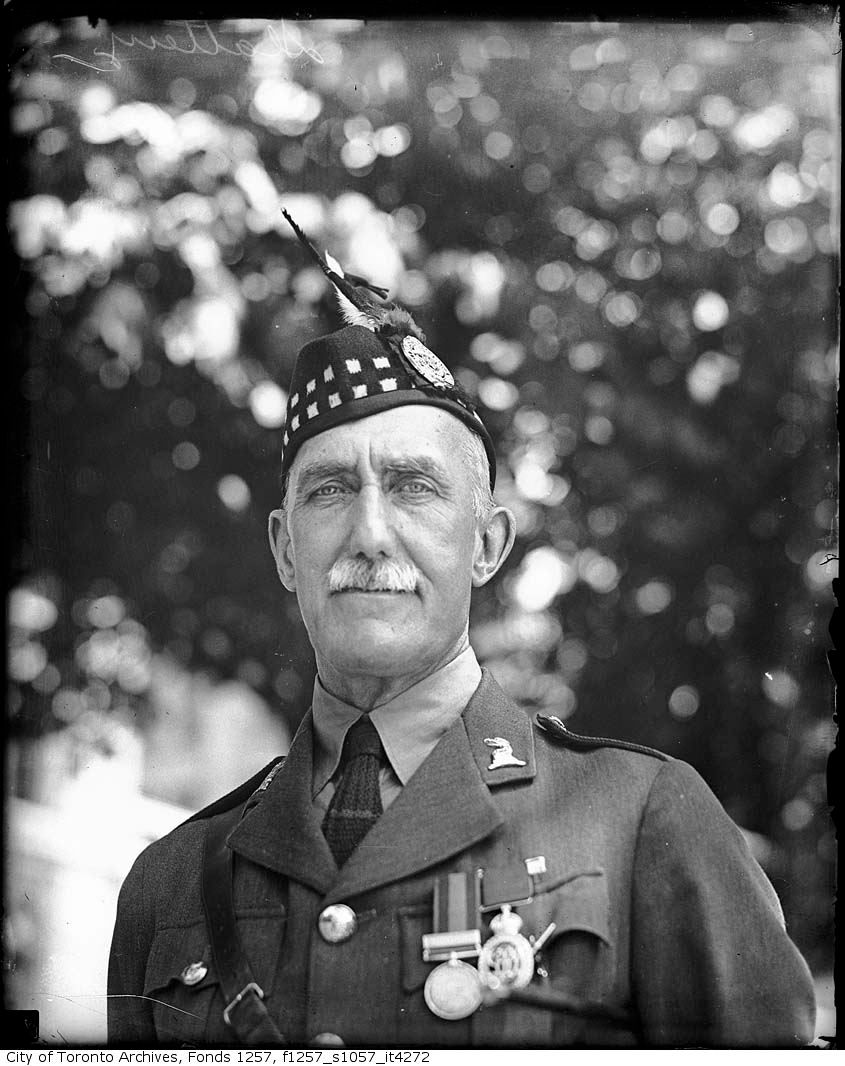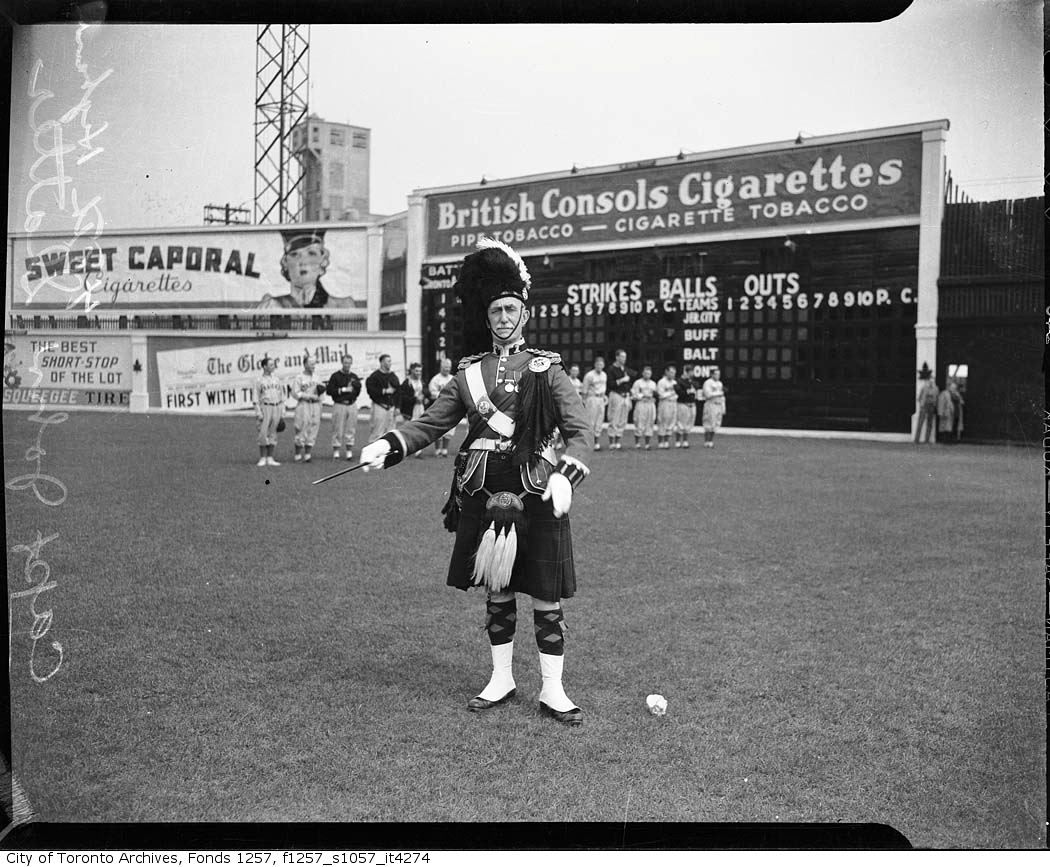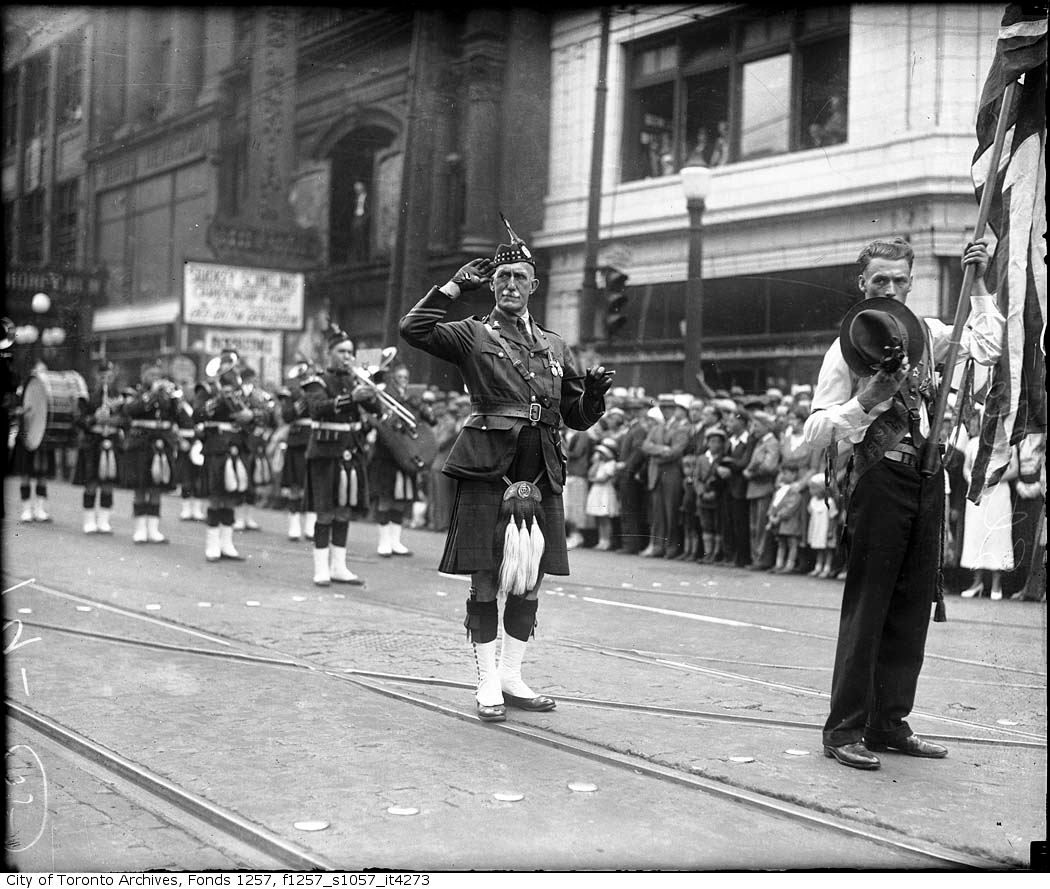Mustapha
Senior Member
As I remember it, John Fisher school, my old alma mater, had a dental office. It was staffed by a two ladies who I believe were dentists. No cleanings or extractions would be done - but fillings would be performed. Extractions for those pupils (that's what they called us  ) whose parents were of limited means were performed at the UT dental college on Elm street for free. The more complex cases were done under anesthetic. Sometimes they were complex because dental care then, as now wasn't covered by the public purse, and the teeth wound up that way. Obviously this isn't bringing back any good memories for me.
) whose parents were of limited means were performed at the UT dental college on Elm street for free. The more complex cases were done under anesthetic. Sometimes they were complex because dental care then, as now wasn't covered by the public purse, and the teeth wound up that way. Obviously this isn't bringing back any good memories for me.
In my opinion dental care should be covered under OHIP. A bloody shame it isn't.
In my opinion dental care should be covered under OHIP. A bloody shame it isn't.











